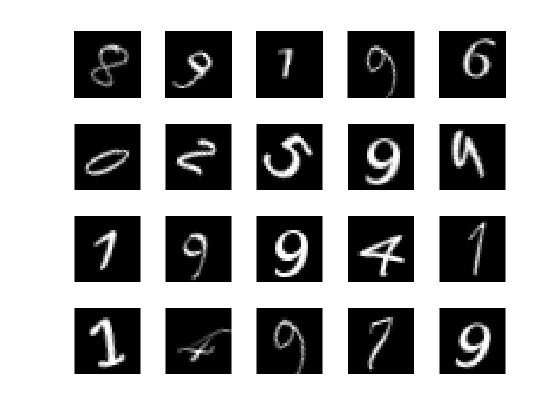SeriesNetwork
(Déconseillé) Réseau série pour le Deep Learning
L’utilisation d’objets SeriesNetwork est déconseillée. Utilisez des objets dlnetwork à la place. Pour plus d’informations, veuillez consulter Historique des versions.
Description
Un réseau série est un réseau de neurones pour le Deep Learning dont les couches sont disposées l’une après l’autre. Il possède une seule couche d’entrée et une seule couche de sortie.
Création
Il existe plusieurs façons de créer un objet SeriesNetwork :
Chargez un réseau préentraîné, par exemple avec
alexnet,darknet19,vgg16ouvgg19.Entraînez ou affinez un réseau avec
trainNetwork. Vous trouverez un exemple dans Entraîner le réseau pour la classification d’images.Assemblez un réseau de Deep Learning à partir de couches préentraînées avec la fonction
assembleNetwork.
Remarque
Pour découvrir d’autres réseaux préentraînés comme googlenet et resnet50, veuillez consulter Pretrained Deep Neural Networks.
Propriétés
Fonctions d'objet
activations | (Not recommended) Compute deep learning network layer activations |
classify | (Not recommended) Classify data using trained deep learning neural network |
predict | (Not recommended) Predict responses using trained deep learning neural network |
predictAndUpdateState | (Not recommended) Predict responses using a trained recurrent neural network and update the network state |
classifyAndUpdateState | (Not recommended) Classify data using a trained recurrent neural network and update the network state |
resetState | Reset state parameters of neural network |
plot | Tracer l’architecture du réseau de neurones |
Exemples
Capacités étendues
Historique des versions
Introduit dans R2016aVoir aussi
dlnetwork | imagePretrainedNetwork | trainingOptions | trainnet | minibatchpredict | scores2label | dag2dlnetwork | predict | analyzeNetwork | plot

